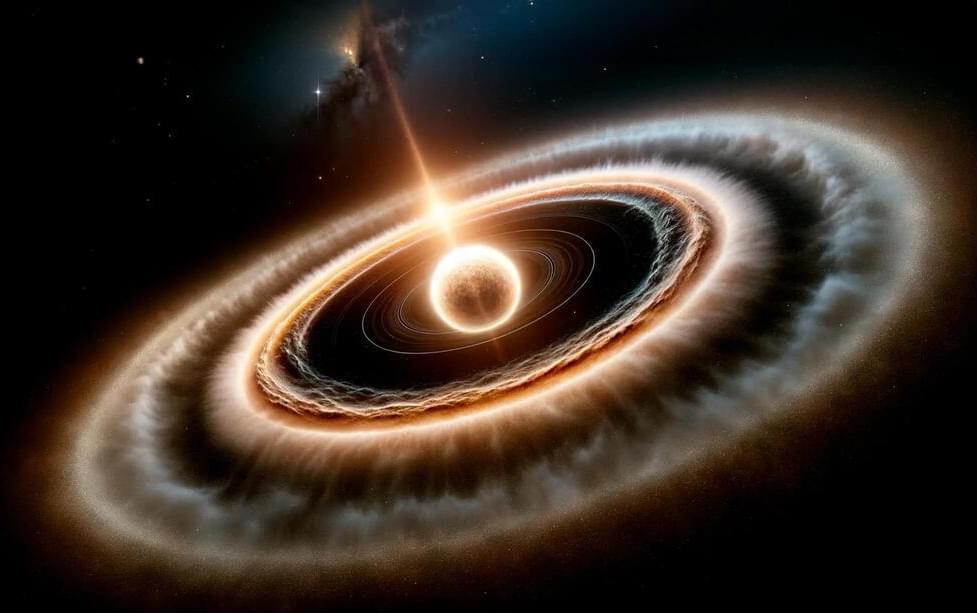How are planets born? Scientists have long proposed that ice-covered pebbles are the seeds of planet formation. These icy solids are thought to drift toward the newborn star from the cold, outer reaches of the disk surrounding it. The theory predicts that, as these pebbles enter the warmer region closer to the star, they would release significant amounts of cold water vapor, delivering both water and solids to nascent planets.
Now, the James Webb Space Telescope.
The James Webb Space Telescope (JWST or Webb) is an orbiting infrared observatory that will complement and extend the discoveries of the Hubble Space Telescope. It covers longer wavelengths of light, with greatly improved sensitivity, allowing it to see inside dust clouds where stars and planetary systems are forming today as well as looking further back in time to observe the first galaxies that formed in the early universe.










Comments are closed.